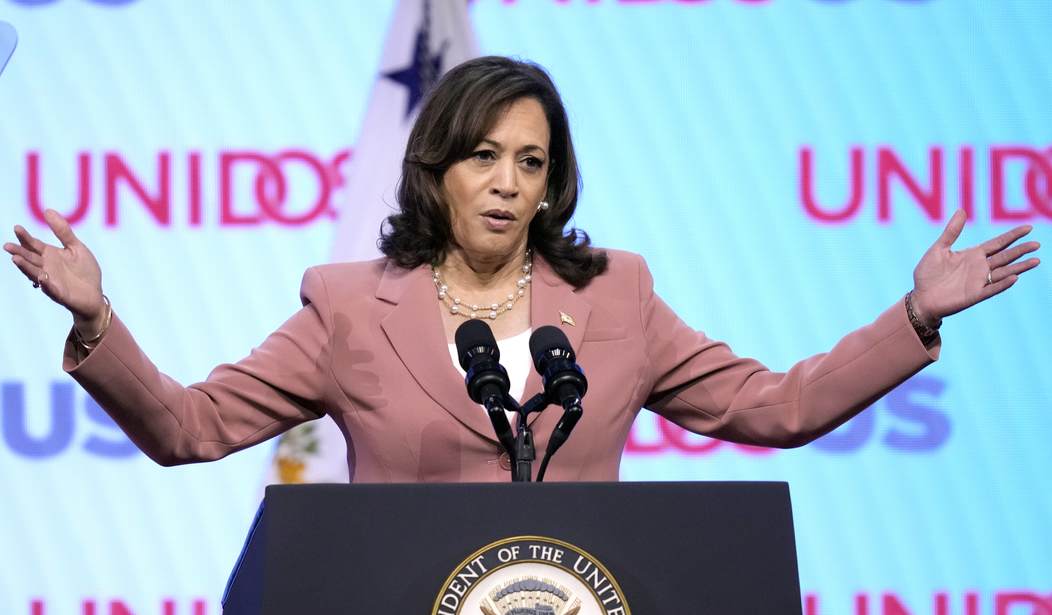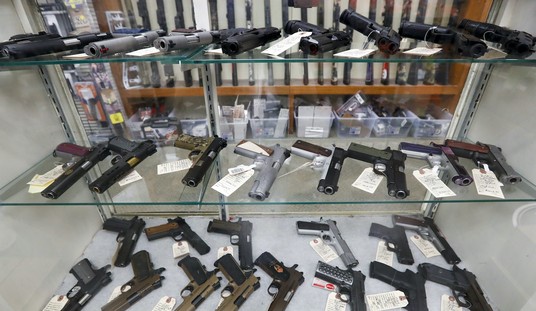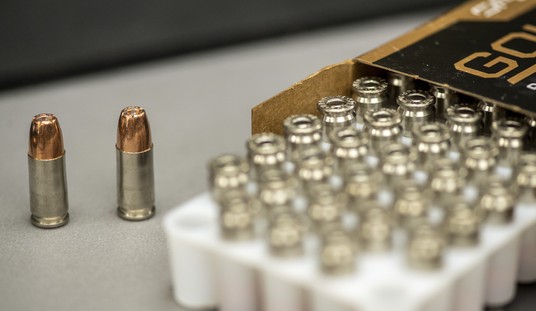While Joe Biden repeated his demand for Congress to pass a ban on so-called assault weapons on Thursday morning in response to the mass murder of 18 people in Lewiston, Maine, Vice President (and head of the White House Office of Gun Violence Prevention) Kamala Harris upped the ante in a speech on Thursday afternoon at a luncheon for Australian Prime Minister Anthony Albanese, where she lavished praise on Australia’s compensated confiscation, launched in 1997 after an active shooter attack in Port Arthur, Tasmania.
@VP, at a luncheon during the State Visit of the PM of Australia: "Gun violence has terrorized and traumatized so many of our communities. And let us be clear, it does not have to be this way, as our friends in Australia have demonstrated." pic.twitter.com/YYIYjjWdvS
— Stefanie Feldman (@StefFeldman46) October 26, 2023
Australia’s gun confiscation effort is the gold standard for American gun control advocates, even though the “buyback” only rounded up about 650,000 firearms (at a time when there were estimated to be fewer than 3 million firearms lawfully owned throughout the entire country. Compare that to the 400-450 million guns owned by 90-110 million Americans, and it doesn’t take a rocket scientist to realize that scaling up Australia’s confiscation efforts to seize a comparable number of legally owned firearms would be impossible, even before factoring in the fact that gun ownership is a protected right here in the U.S, unlike in Australia.
While Harris was lavishing praise on gun confiscation, she also neglected to mention that the 1997 “buyback” wasn’t the end of Australia’s gun control movement. As I discussed not long ago, Western Australia is getting ready to impose a new round of restrictions with a stated goal of reducing legal gun ownership.
Farmers and gun club members will be restricted to 10 firearms while recreational shooters will only be able to own five in a move the government expects will reduce the number of legal firearms in the state from 360,000 to about 347,000.
The ownership cap is included in the government’s firearms bill consultation paper to be released on Tuesday, along with a state-funded voluntary firearm buyback plan.
Police Minister Paul Papalia said the new limits would only impact about 5 per cent of individual licence holders but would remove thousands of firearms from the community.
“Public safety is paramount, and that has been the key consideration when drafting the proposed legislation,” he said.
“If there are fewer firearms in the community, there are fewer opportunities for them to be used illegally.”
We see that same warped logic here in the United States. In order to stop criminals from using guns, you’ve got to stop people from lawfully purchasing and possessing them first. Democrats in the 1980s derided Ronald Reagan’s “trickle-down economics”, but that’s their strategy when it comes to gun-involved crime: start with the legal guns first and there’ll be a trickle-down effect on criminal acquisition and use of firearms.
If that theory had any merit, Washington, D.C. would have been the safest city in America between 1977 and 2008, when it banned the possession of handguns throughout the city. Instead, D.C. saw a staggering homicide rate of 80.6 murders per 100,000 people in 1991, at the height of the gun ban era. In 2008, when the Supreme Court struck down D.C.’s handgun ban, the homicide rate stood at 31.5 per 100K, still well above the national average. Five years after SCOTUS restored the right to keep a handgun in the home for self-defense, D.C.’s homicide rate was 15.9; one of the lowest homicide rates in half a century.
None of these facts and figures matter to the head of the White House Office of Gun Violence Prevention or any of the gun control advocates who are staffing it, of course, but for those of us who care about public safety and the fundamental right to self-defense, the Australian example and D.C.’s experience are very informative. Gun controllers won’t give up even after confiscating a third of a nation’s privately-owned firearms, and banning guns is no solution to stopping murders.









Join the conversation as a VIP Member